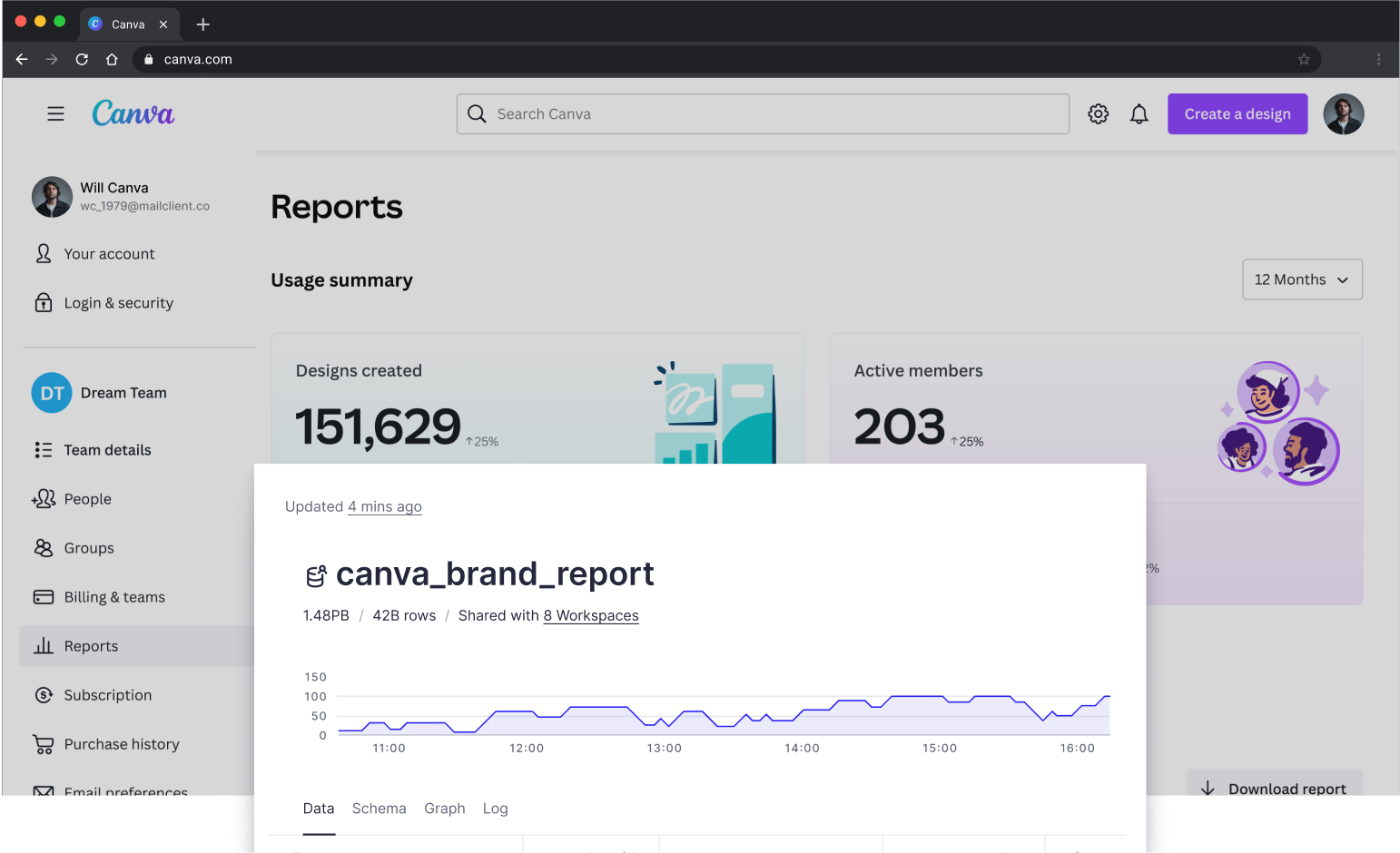Canva Enterprise: Complete Buyer's Guide
Democratizing creative capabilities across distributed enterprise teams
Canva Enterprise positions itself as the comprehensive AI-powered design platform that democratizes creative capabilities across distributed enterprise teams. Best for mid-market to enterprise organizations requiring rapid design deployment with brand consistency across non-technical teams, particularly franchise operations, marketing departments, and collaborative workflows prioritizing accessibility over advanced design sophistication.
Market Position & Maturity
Market Standing
Canva Enterprise occupies a distinct position within the rapidly expanding AI design tools market, which demonstrates explosive growth from $5.54 billion in 2024 to projected $40.15 billion by 2034[1][5].
Company Maturity
Canva Enterprise demonstrates operational maturity through documented enterprise implementations across retail, real estate, and franchising sectors[49][51][52].
Growth Trajectory
The platform's growth aligns with broader market trends showing 92% of organizations planning increased AI spending[15].
Industry Recognition
Enterprise adoption patterns demonstrate market validation through documented customer success across diverse industries.
Longevity Assessment
Canva Enterprise's focus on democratization and accessibility positions it favorably within market trends toward broader organizational AI adoption.
Proof of Capabilities
Customer Evidence
Canva Enterprise demonstrates proven capabilities through verified enterprise implementations across diverse industries. Zapiet achieved 10-12 hours weekly design time reduction, enabling non-designers to produce brand-consistent marketing assets without external design support[49]. PRG Real Estate established centralized brand governance across 35 properties[52].
Quantified Outcomes
Playa Bowls eliminated external design costs with documented savings in printing and resizing expenses[51].
Market Validation
The platform supports organizations within the broader market context where 68% of designers report AI-generated outputs require manual adjustments[8].
Reference Customers
Documented implementations span technology (Salesforce), real estate (PRG Real Estate), martial arts franchising (Gracie Barra), and food service (Playa Bowls)[41][52][50][51].
AI Technology
Canva Enterprise's technical foundation centers on Magic Studio, an integrated AI suite delivering multimodal input through voice, text, and image-based design generation specifically engineered to lower barriers for non-technical users[43][45].
Architecture
The platform operates through cloud-based infrastructure supporting SCIM/SSO integration for enterprise user management and security requirements[41][48].
Primary Competitors
Within the AI design tools market where ChatGPT maintains 86% designer adoption for research tasks[3][14] and Adobe Firefly dominates enterprise deployments through Creative Cloud integration[25][29].
Competitive Advantages
Canva Enterprise's primary competitive advantage lies in implementation accessibility and rapid deployment capabilities compared to traditional professional design platforms[58].
Market Positioning
The platform occupies a distinct position targeting democratization over professional sophistication, differentiating from Adobe's professional-first approach and specialized tools' industry-specific focus.
Win/Loss Scenarios
Canva Enterprise wins when organizational priorities emphasize rapid deployment and broad organizational access over maximum professional capabilities.
Key Features

Pros & Cons
Use Cases
Integrations
Featured In Articles
Comprehensive analysis of AI Design Inspiration Tools for AI Design for AI Design professionals. Expert evaluation of features, pricing, and implementation.
How We Researched This Guide
About This Guide: This comprehensive analysis is based on extensive competitive intelligence and real-world implementation data from leading AI vendors. StayModern updates this guide quarterly to reflect market developments and vendor performance changes.
60+ verified sources per analysis including official documentation, customer reviews, analyst reports, and industry publications.
- • Vendor documentation & whitepapers
- • Customer testimonials & case studies
- • Third-party analyst assessments
- • Industry benchmarking reports
Standardized assessment framework across 8 key dimensions for objective comparison.
- • Technology capabilities & architecture
- • Market position & customer evidence
- • Implementation experience & support
- • Pricing value & competitive position
Research is refreshed every 90 days to capture market changes and new vendor capabilities.
- • New product releases & features
- • Market positioning changes
- • Customer feedback integration
- • Competitive landscape shifts
Every claim is source-linked with direct citations to original materials for verification.
- • Clickable citation links
- • Original source attribution
- • Date stamps for currency
- • Quality score validation
Analysis follows systematic research protocols with consistent evaluation frameworks.
- • Standardized assessment criteria
- • Multi-source verification process
- • Consistent evaluation methodology
- • Quality assurance protocols
Buyer-focused analysis with transparent methodology and factual accuracy commitment.
- • Objective comparative analysis
- • Transparent research methodology
- • Factual accuracy commitment
- • Continuous quality improvement
Quality Commitment: If you find any inaccuracies in our analysis on this page, please contact us at research@staymodern.ai. We're committed to maintaining the highest standards of research integrity and will investigate and correct any issues promptly.